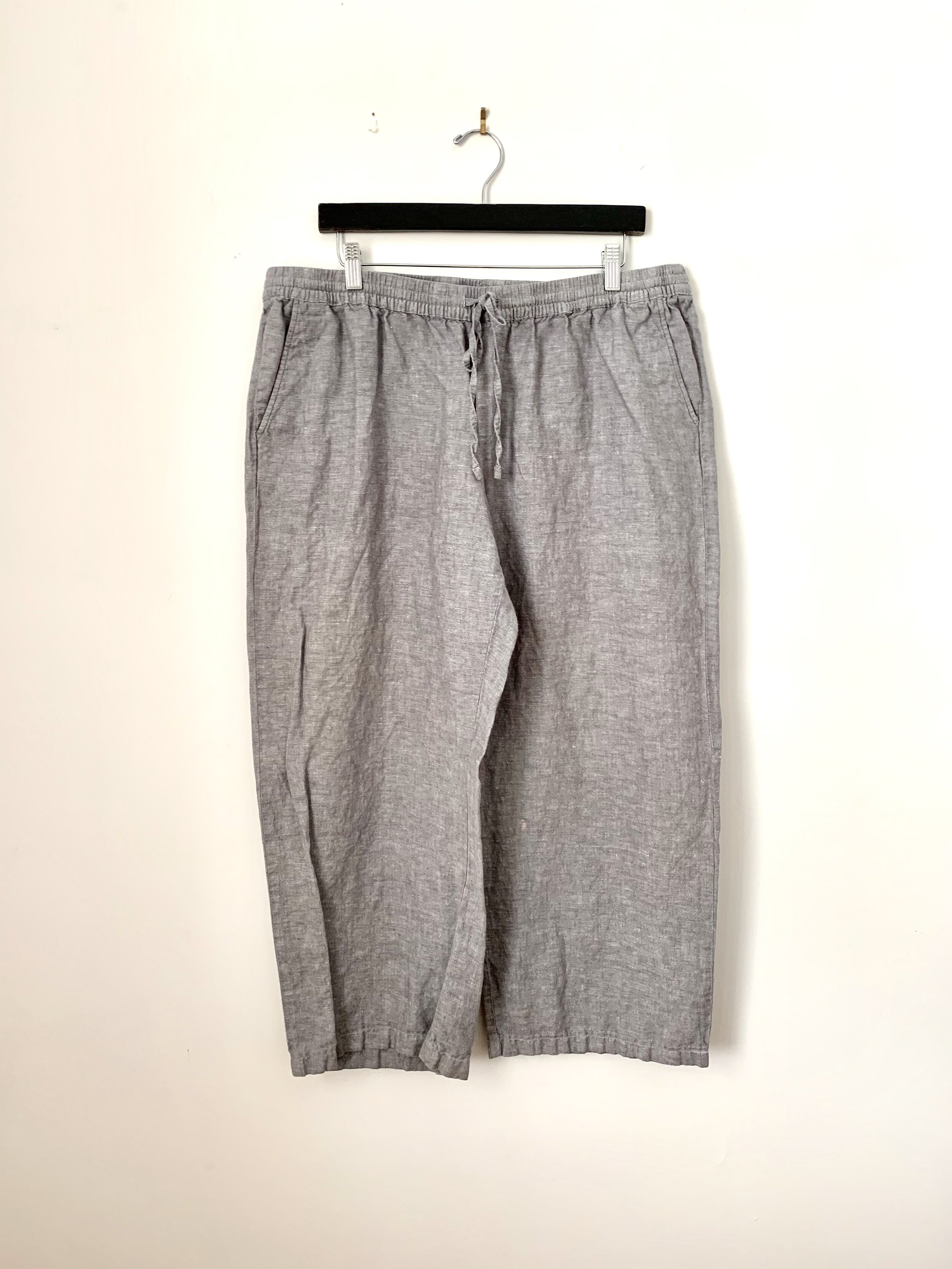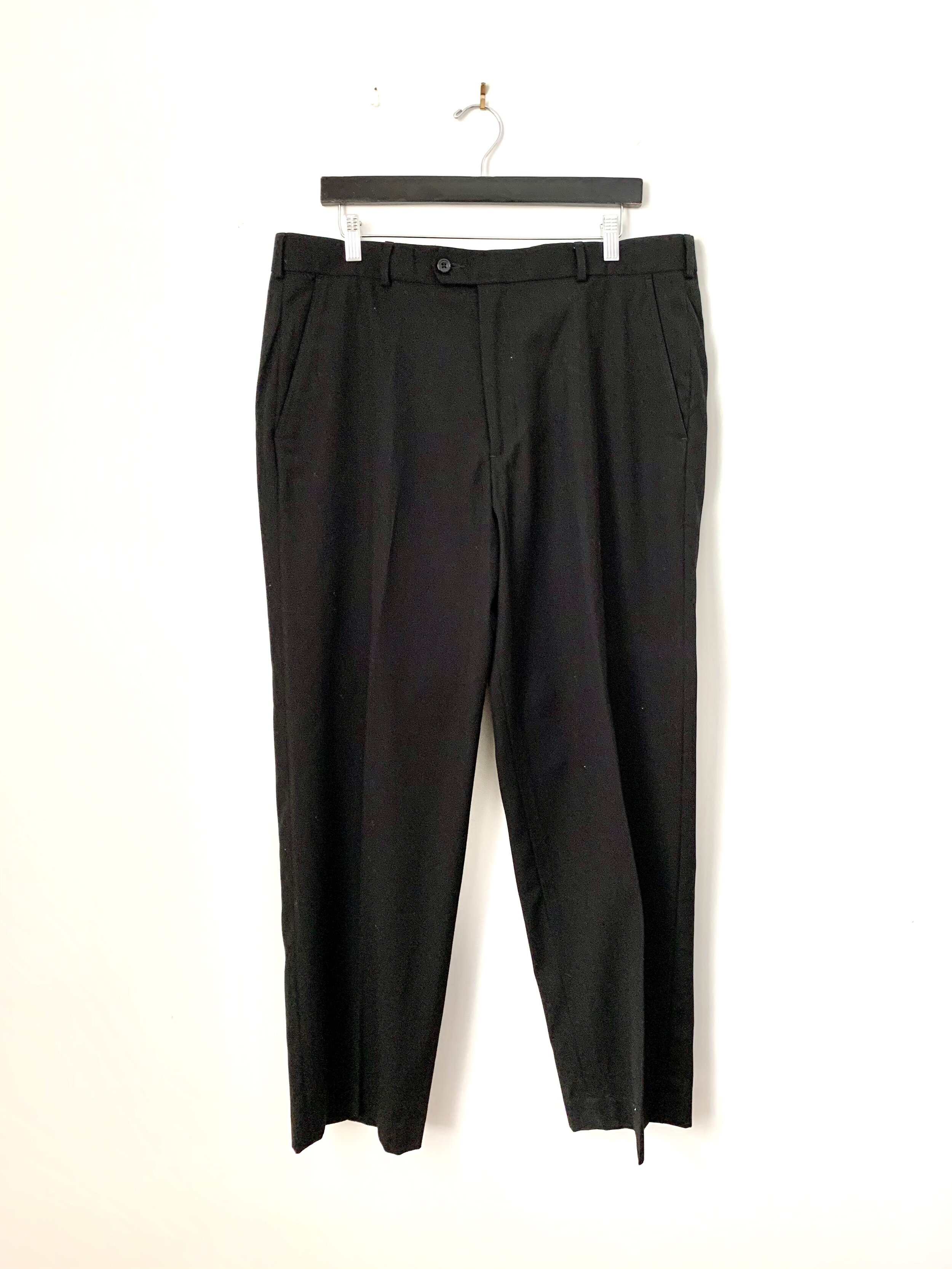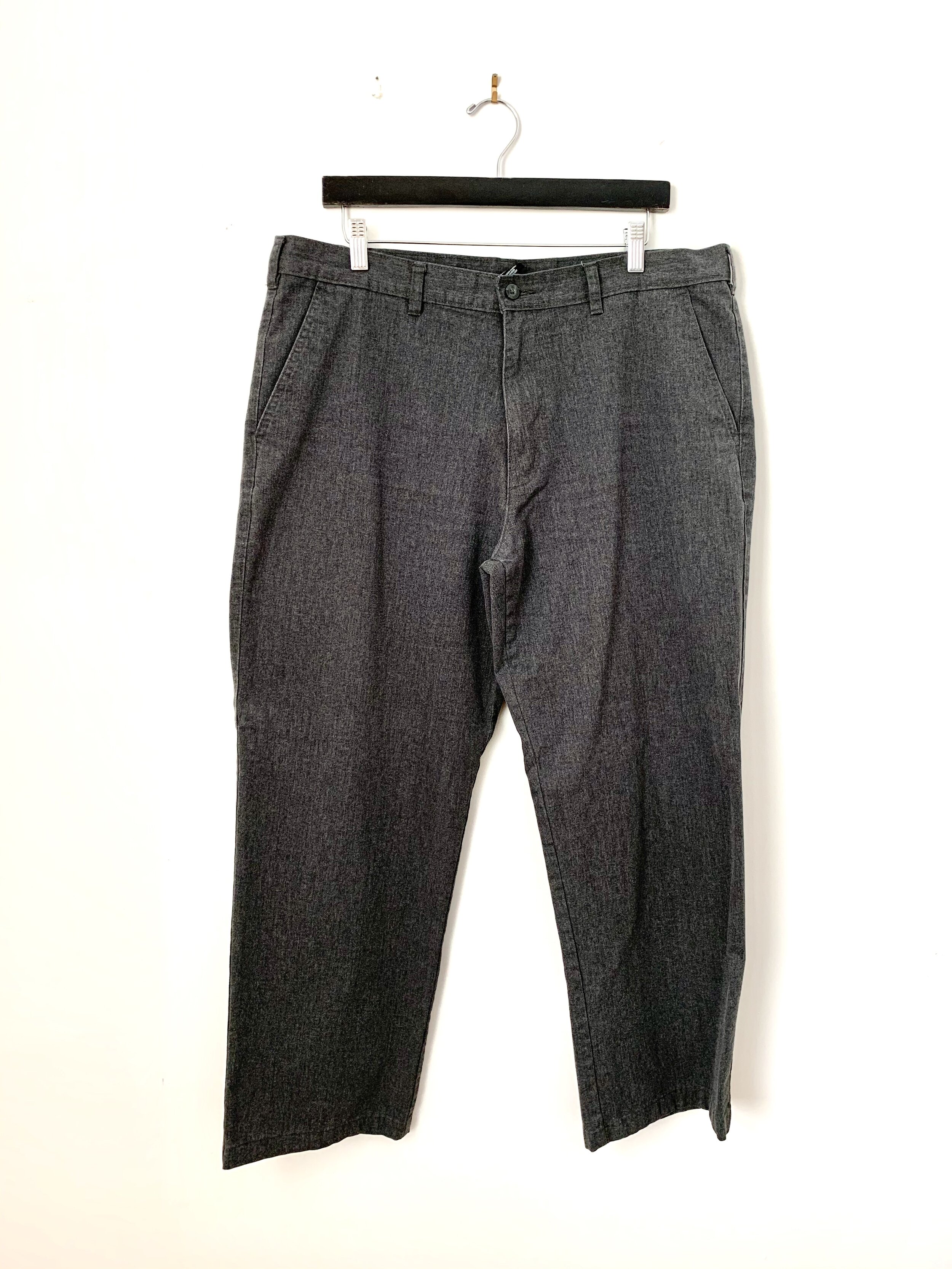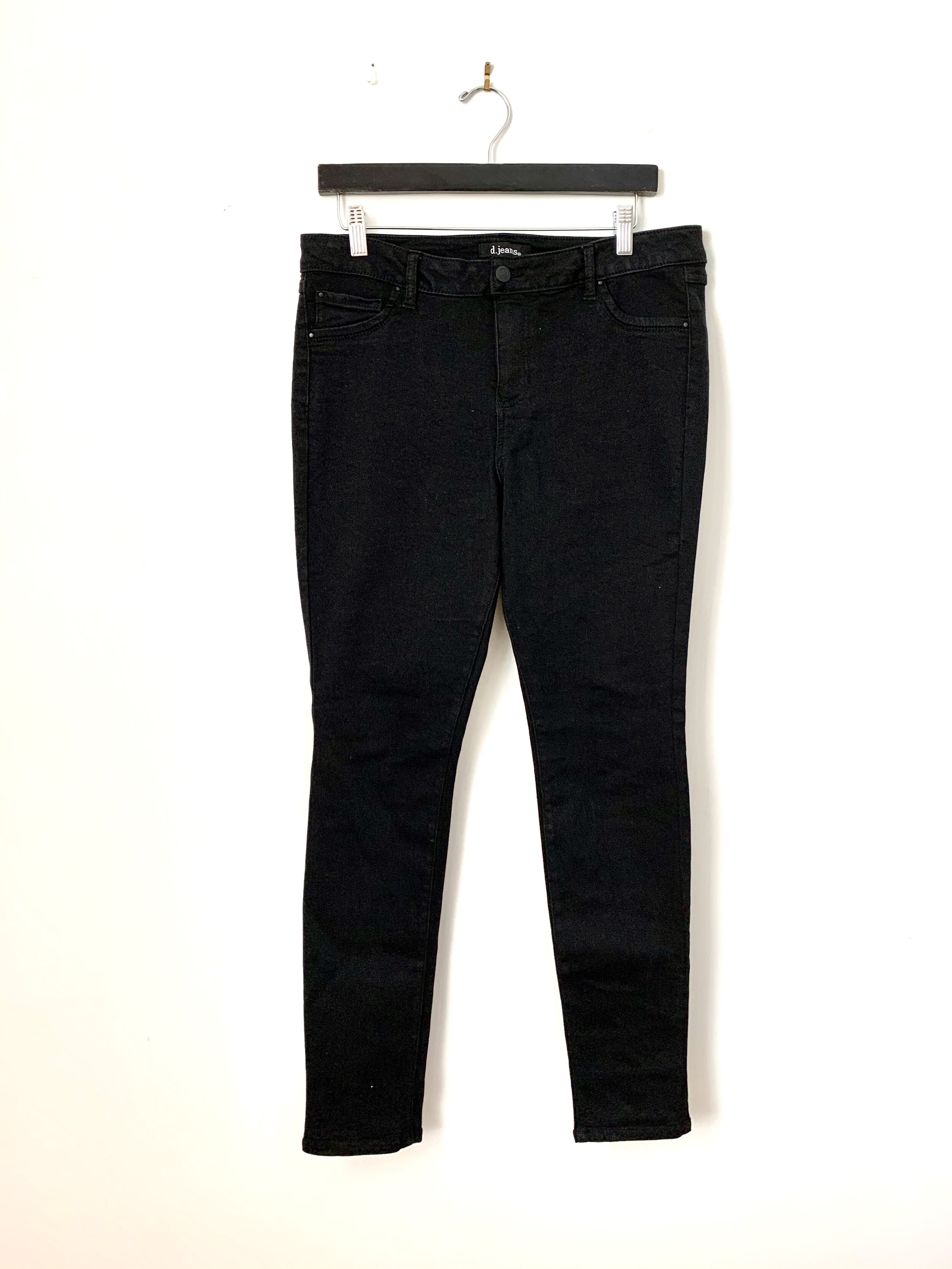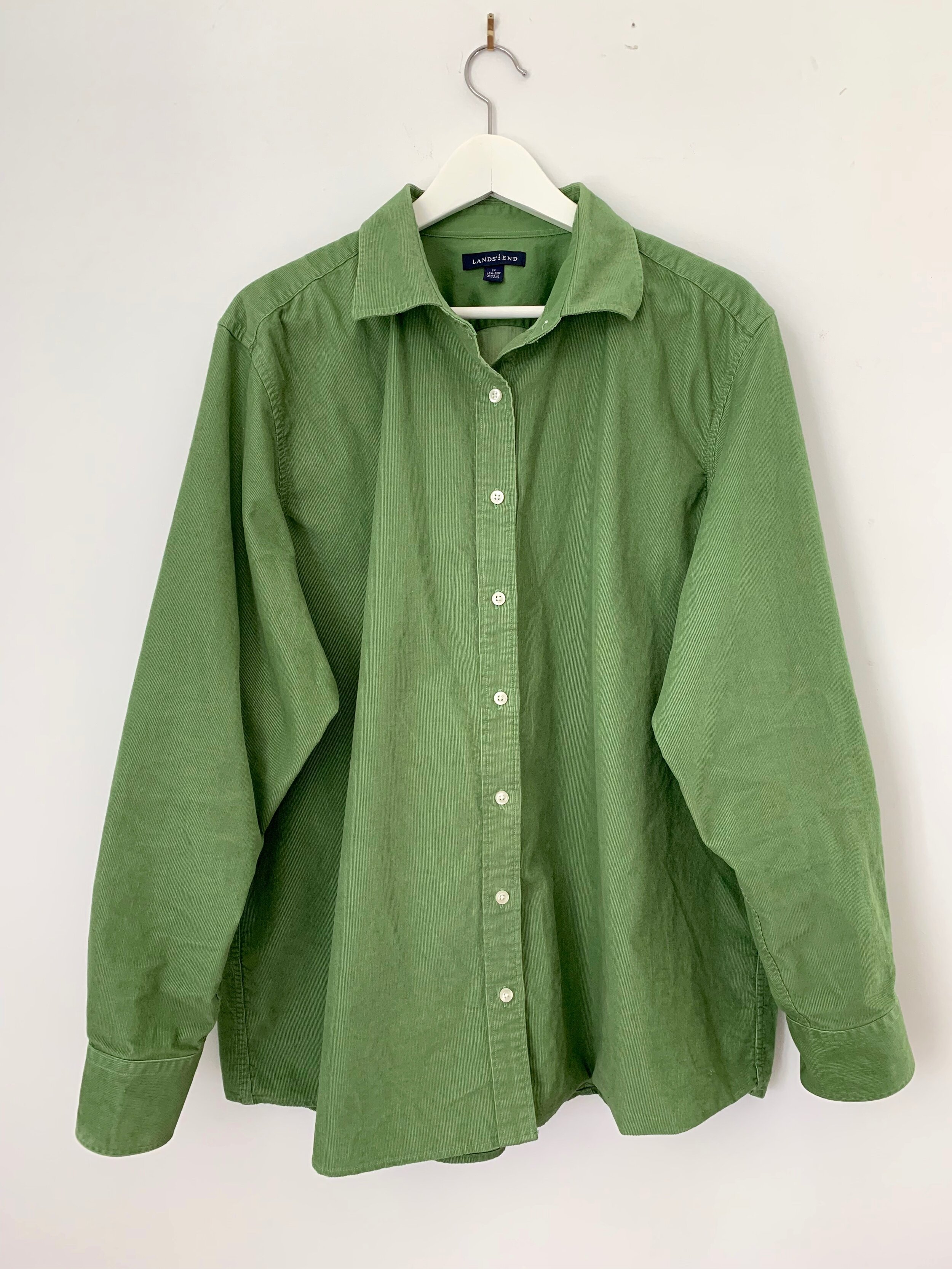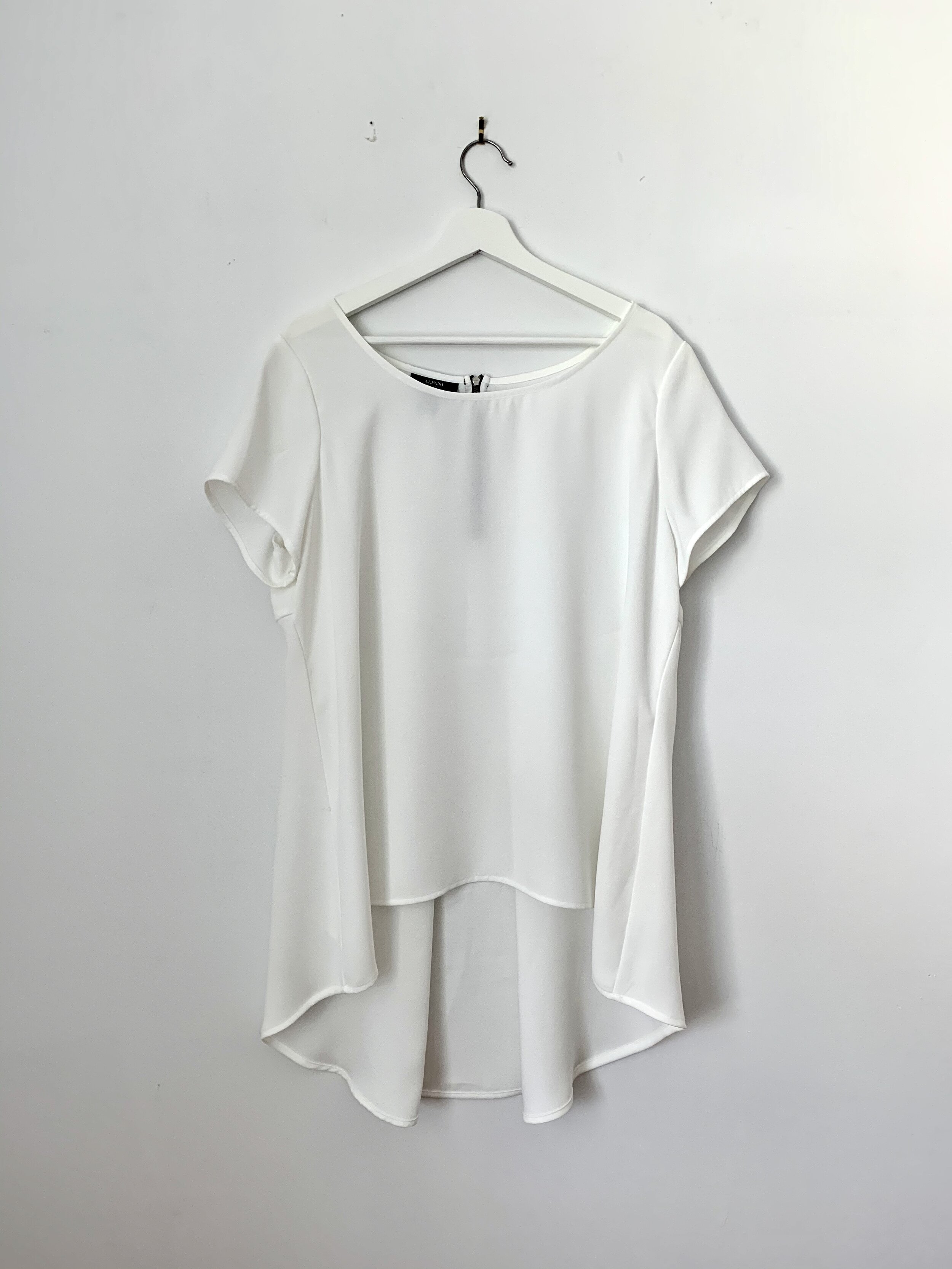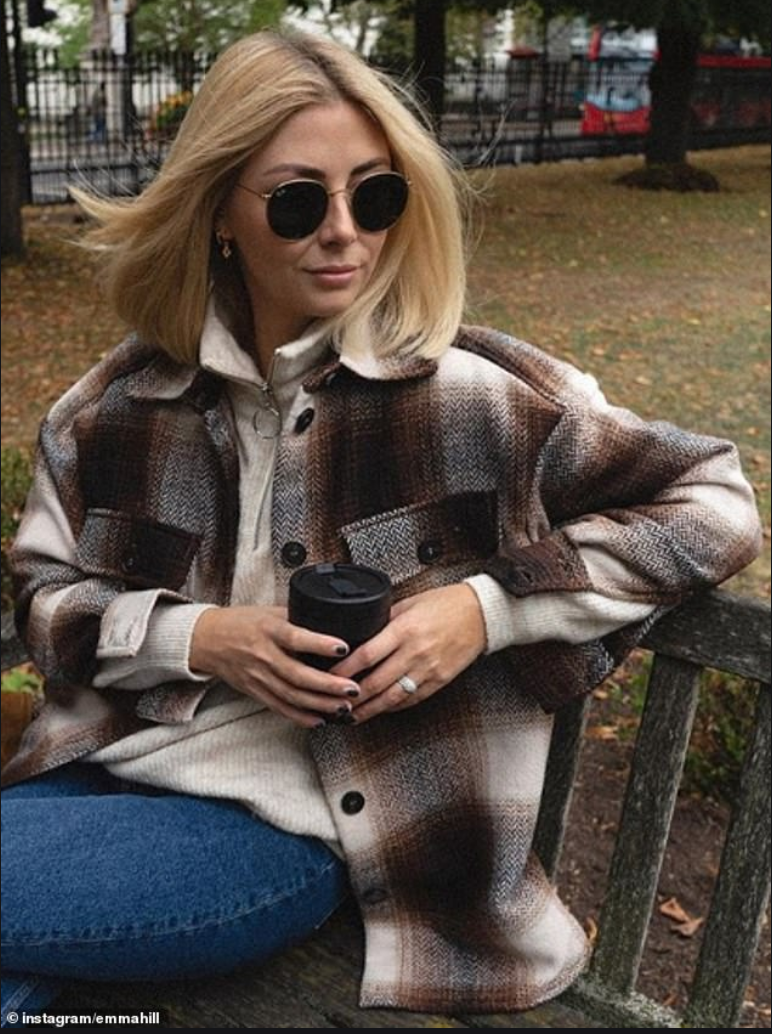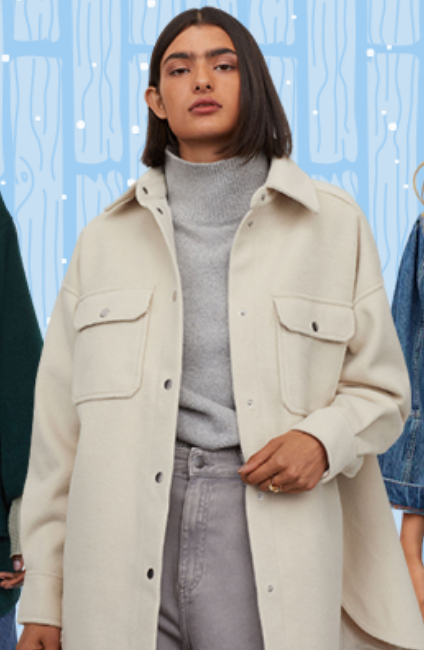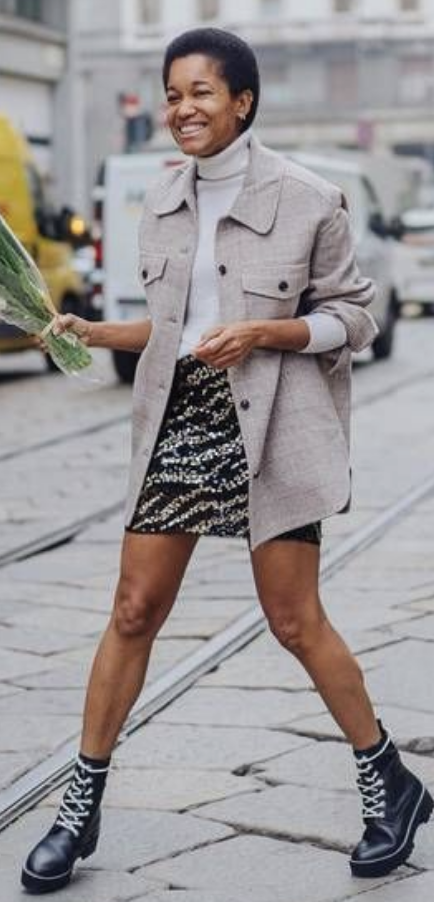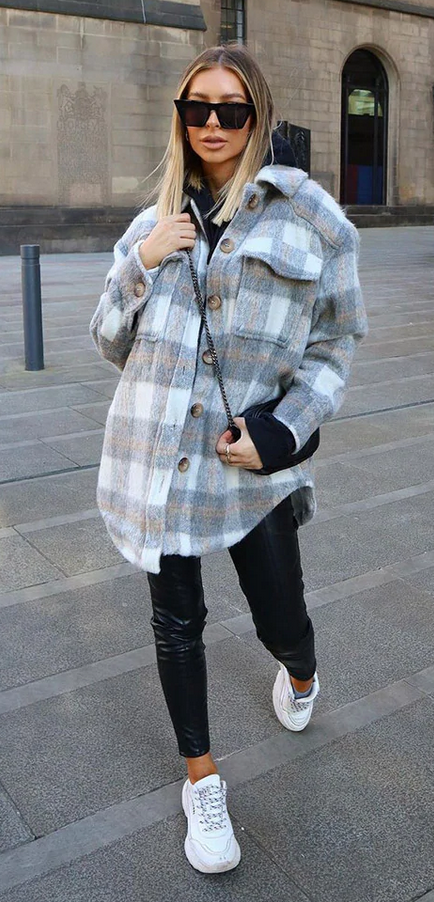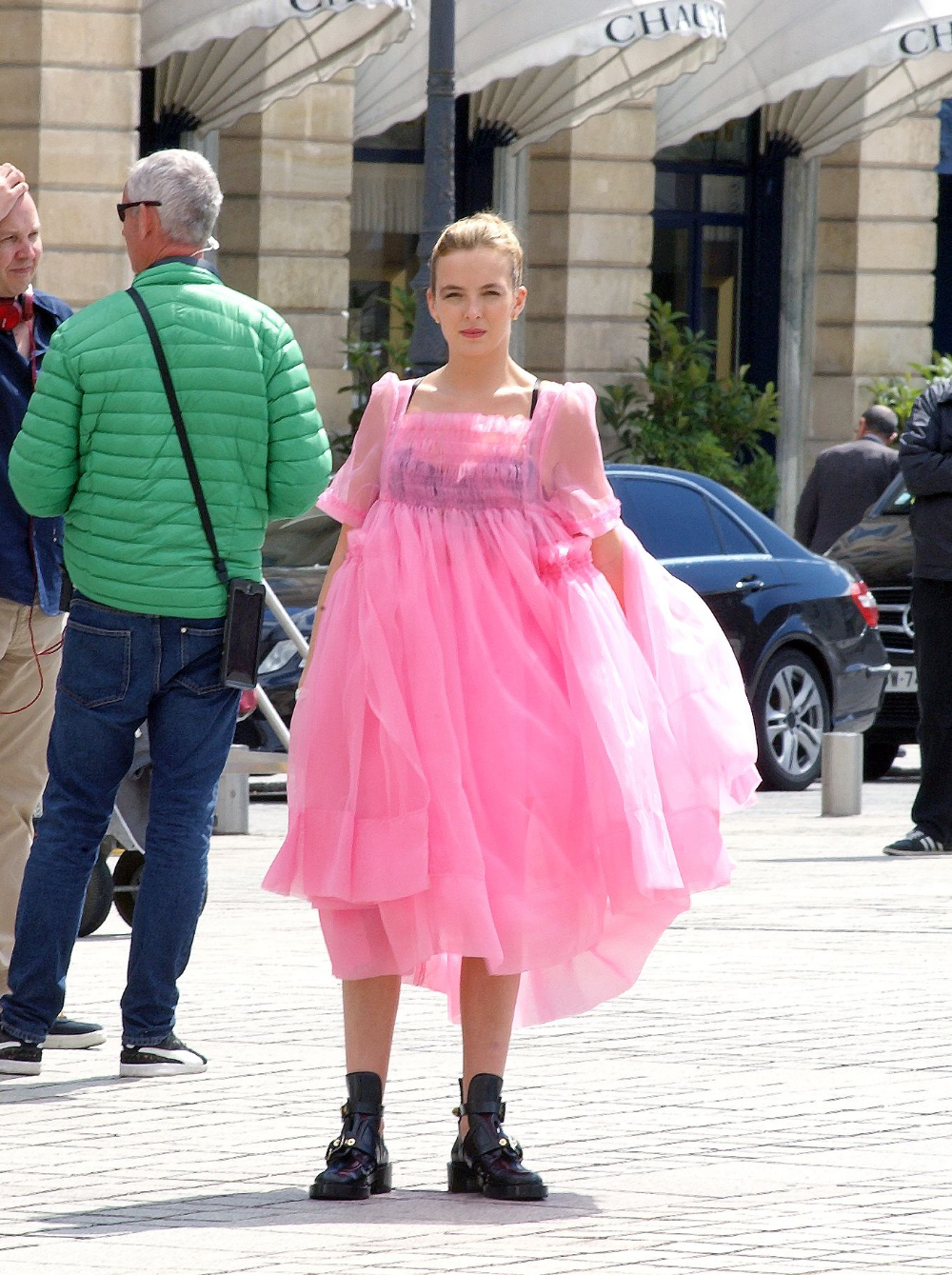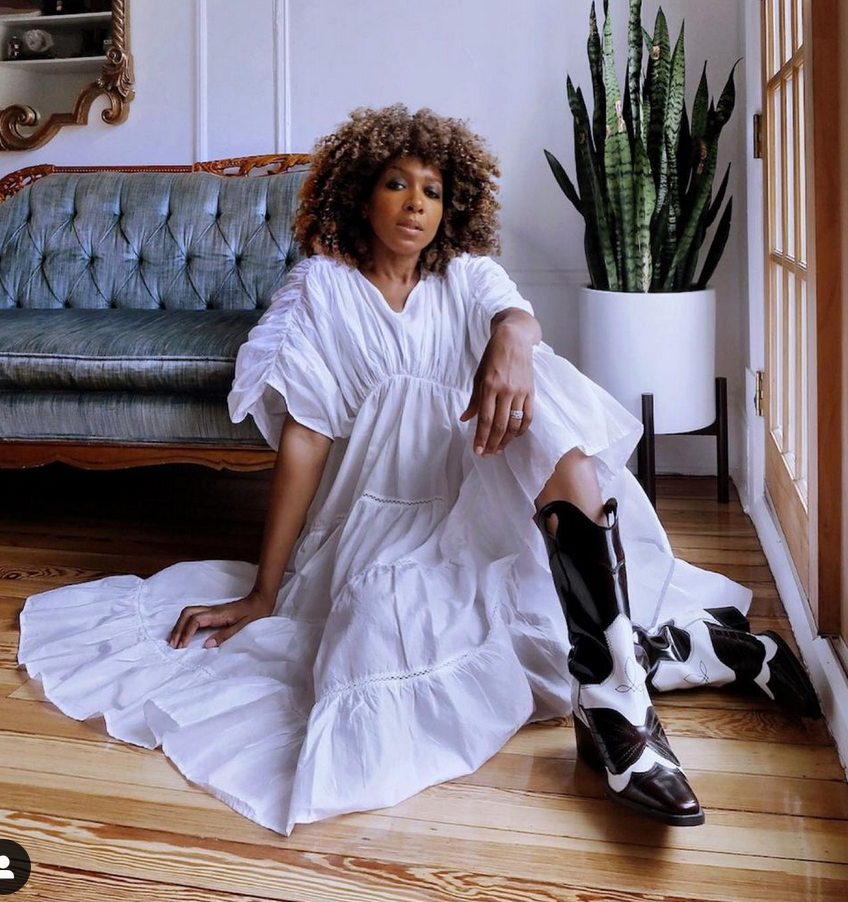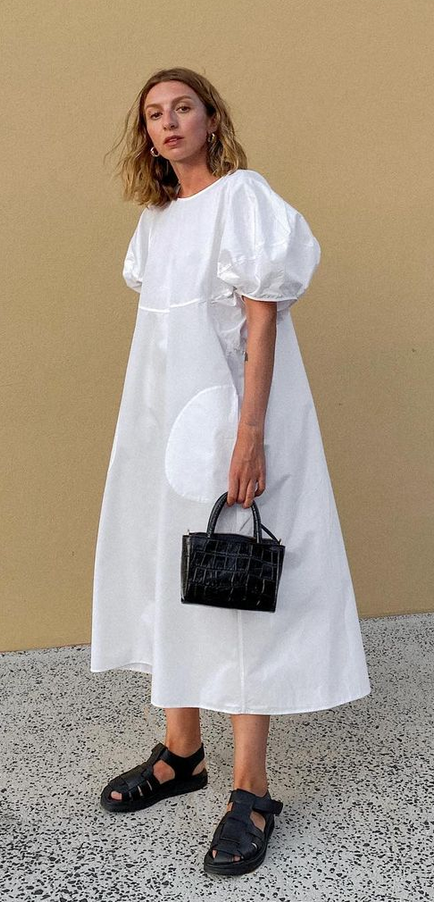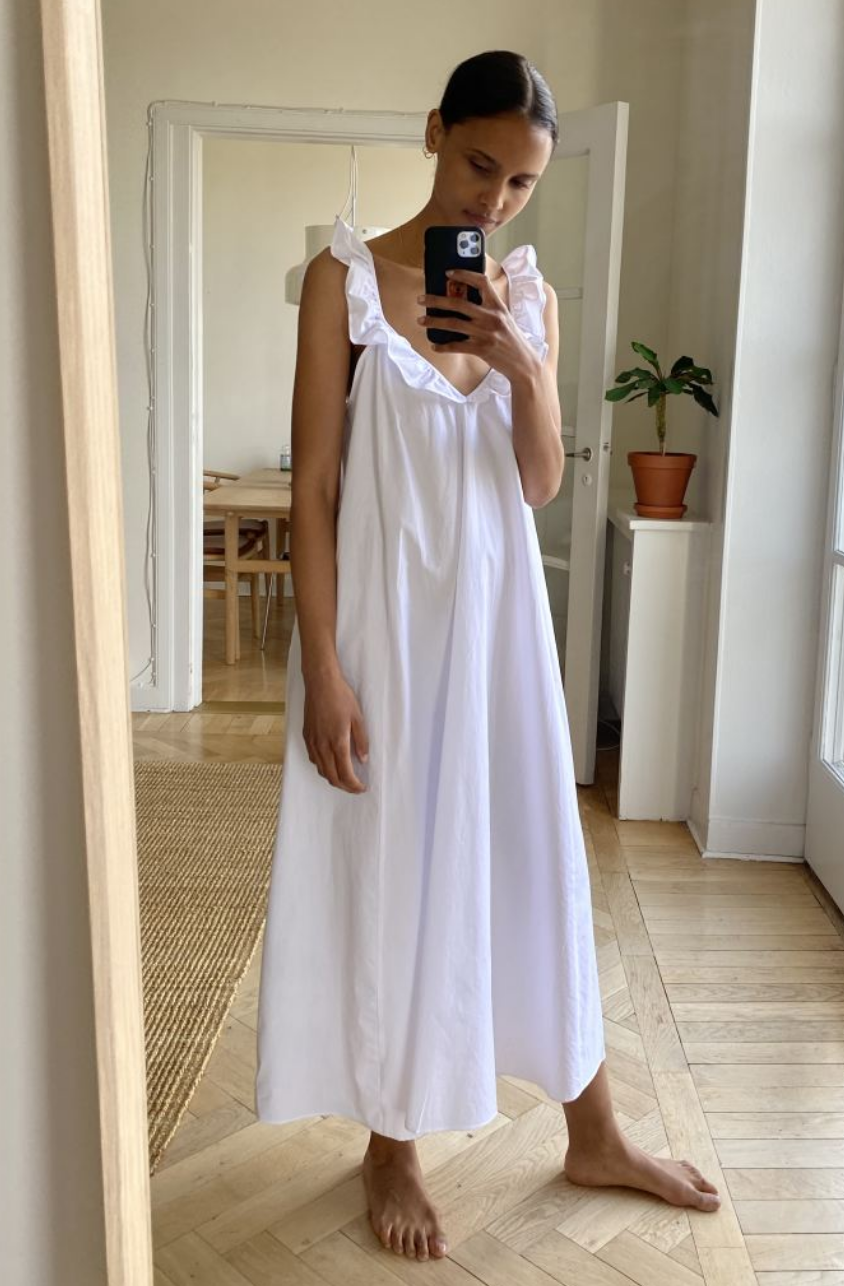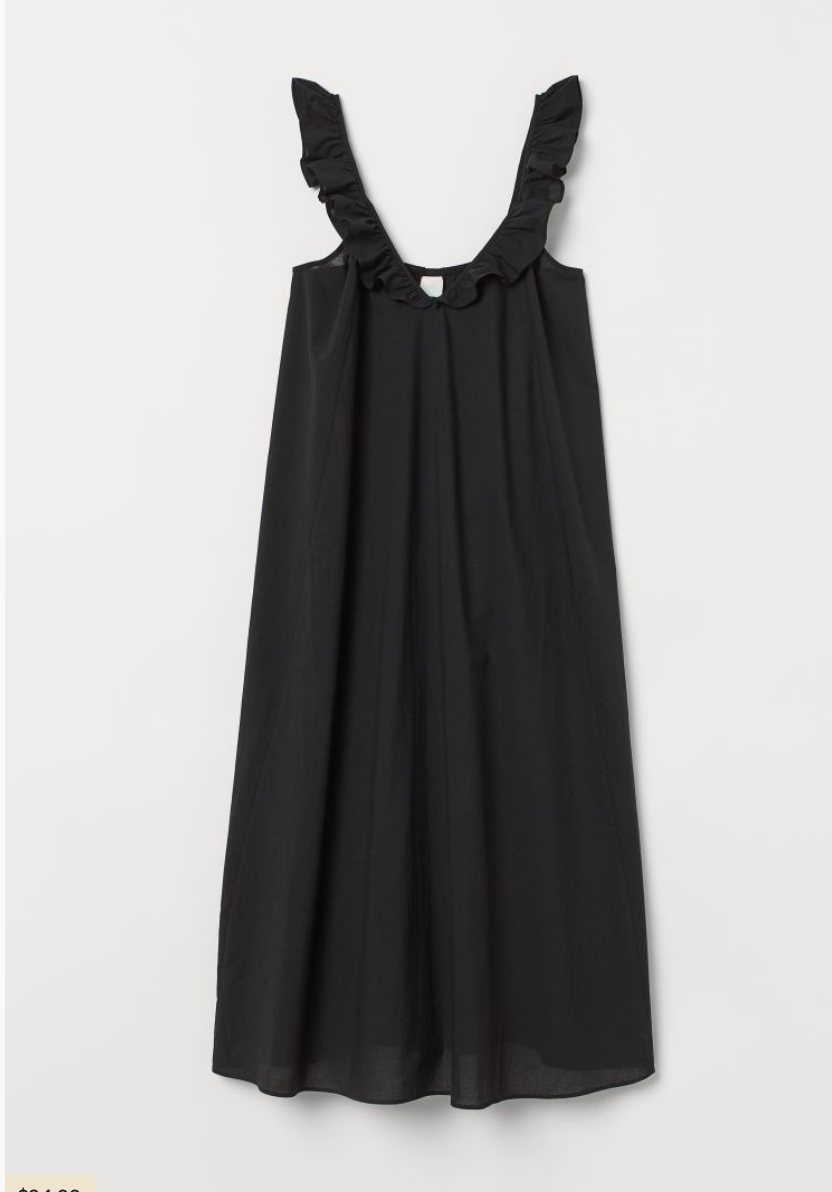Giant Baby Dresses and Shackets
I’m decluttering a few more things, this time from my OOTH wardrobe (can I make this OOTH thing stick?).
There are officially 5 pairs of pants that are too big.
1. Elastic-waist linen-blend pants that were my go-to every summer and that I’ve hung onto since my top weight of 224.
2. Men’s black pants that I never even got to wear, since I bought them right before COVID.
3. Levi’s 501s which finally fit me the way I always wanted them to, but then I realized I hate them.
4. Men’s grey pants that have been too big for some time.
5. Black skinny jeans that came out of storage and have been in my closet until I remembered that I hate skinny jeans.
The other two items on the chopping block are my green corduroy shirt, which is way too big, and a white see-through high-low hem tunic, which makes me look like a giant baby.
The thing I find funny about this is that these two items are actually in style for probably the first time ever. I can’t tell you how many bloggers are talking about the latest trend of the “shacket,” or shirt-jacket. Suddenly my habit of throwing a heavy button-down over my sweaters or T-shirts has somehow crossed over into trending fashion. Maybe all those trips to Rhode Island coffee shops last winter put this concept on the map. Maybe these people spotted photos of me in a similar green corduroy shirt that I often wore in college.
Probably not. I’m probably just getting to that age where things I wore in my formative years have come full circle and now the kids are wearing them. The nineties are suddenly cool again and Gen Zers are wearing Nirvana T-shirts without any idea what Teen Spirit smells like (for you younger folks, it was actually a deodorant brand marketed to teen girls). But I digress.
The point is, these “shackets” that are making a comeback look suspiciously like those “grunge-style” flannels we’d wear over band tees in 1996. And these giant baby dresses look suspiciously like 90s “babydoll” dresses that I used to buy in those incense-filled “hippie” stores at the mall. I always gravitated to those babydoll styles because they strategically concealed my pudgy belly— the belly that never quite goes away no matter how thin I get. And my attraction to that style never really wore off. Hence my owning this white tunic dress-top (drop? tess?). There’s just always been something I’ve always liked about clothes that resemble antique undergarments. That, combined with the “figure-flattering” silhouette of the babydoll dress, sealed the deal. It just became this inherent part of “my style.”
Now this particular white top was purchased a few years ago and the only time I can remember wearing it was to sing at a concert in Boston. Somehow it seemed appropriate for opera. I bought a cheap Walmart slip-top to wear under it, as it was the only tank-style slip I could find that would cover my bra straps and work well with the flowy, organza-like polyester of the top. I’m pretty sure I paired it with my white pencil skirt and must have resembled some sort of pregnant-woman-slash-baby-in-its-christening-gown. I held this thing up a couple weeks ago and thought, “I can’t WEAR this. I’d look ridiculous.” And STILL I hesitated to get rid of it. “It’s just so flattering,” I thought.
I’d previously tried to declutter it the last time my weight was down, hoping upon hope that it would be too big, but alas it looked “good” at almost any weight. It’s only recently dawned on me that I’m allowed to just not like something, that I’m allowed to—gasp—change my mind about an item of clothing. I did realize this once before, when a few years ago I freely admitted that I hated all of my dresses. as well as anything with ruffles or a puff-sleeve. And somehow, AFTER that epiphany, I bought this white top.
And then, this past summer, we were inundated with a new take on the babydoll dress. I saw them described as “oversized smock dresses” on all the fast-fashion sites. I remember how this trend first cropped up: Jodie Comer, AKA Villanelle, wore an enormous pink chiffon babydoll dress on an episode of Killing Eve.
The thing I found most interesting about this, aside from a comically feminine and infantile dress being worn by a psychopathic assassin, was that the bodice wasn’t fitted. That, too, was oversized. And this significant detail is reflected in all the fast-fashion (and designer) incarnations of that dress.
Upon seeing these dresses on YouTube and Instagram (first on Karen BritChick and then on Brittany Bathgate), I was enthralled. The infinitely “flattering” oversized fit, the Victorian puffed sleeves, the tiered skirts— this was an exaggerated version of everything I’d ever longed for in a dress.
Then I remembered: no dresses, no ruffles, no puff sleeves. These things are infantilizing, and therefore not right for any woman who wants to be taken seriously. So I blocked them out and didn’t even consider partaking in this trend. I thought I was immune.
And then I came across this H&M trapeze dress.
I swooned. It was infinitely flattering— flowing fabric through the body with a delicately ruffled neckline accentuating the collar bones. I wanted it. I wanted it bad. It was only $24.99. And it came in black- a color a giant baby would never wear. I showed it to Matt. “I thought you didn’t like ruffles.” “Right,” I said, “but this is different.” “I thought you didn’t like dresses.” “Right,” I said, “but this is more like a muu-muu or caftan, and plenty of feminists wear those.”
Why was I trying so hard to rationalize this purchase? And why am I so prone to making the same fashion mistakes over and over again in spite of myself? I remembered the last time I owned long, flowy dresses. Matt and I were about to go to Miami for a 6-month stretch for Matt’s work, and I found this outlandish coral-colored maxi tent-dress at Daffy’s (kind of like a high-end T.J. Maxx that no longer exists). I snapped it up. Tent dresses were hard to come by back then.
Then I started researching maxi tent dresses and came upon the plus-size brand Woman Within. They had many hideous options, but I managed to track down a black, silky one and a brown, gauzy number. And I tried to wear those dresses. I really tried. But any time I wore one out in public, I felt like people were staring at me, and that was never my goal. I also became fixated on how fat my head and arms—the only parts of my body on display— looked in them.
So those dresses went the way of all my dresses— they were donated. But here we are again. I can’t seem to shake this need for giant baby dresses. And now that everyone else is wearing them, I want to join in and actually be on trend instead of being asked if I’m pregnant. But I’m holding out for now.
